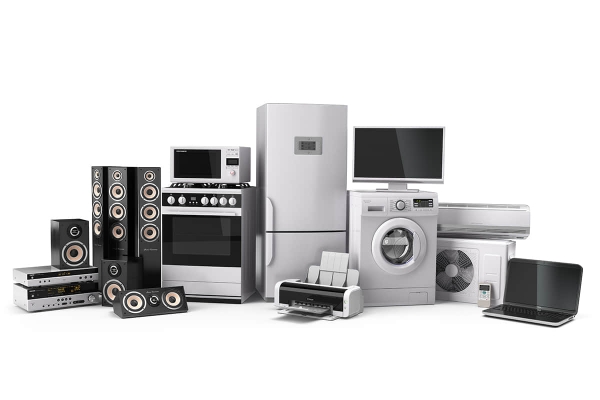In the vast world of commerce, goods are often categorized into various types based on their characteristics, usage, and lifespan. Among these classifications, the distinction between non-perishable and perishable goods plays a crucial role in shaping business strategies, supply chain management, and consumer behavior. This article aims to delve into the intricacies of these two categories, shedding light on their defining features, implications for businesses, and their role in the contemporary market landscape.
Non-perishable goods, also known as durable goods, are products that do not deteriorate or lose their value over time under normal conditions. These include items like furniture, cars, electronics, and jewelry. Their longevity offers a significant advantage, as they can be stored indefinitely without any substantial loss in quality or value. This characteristic allows businesses to manage their inventory more flexibly, reducing the pressure of immediate sales and allowing for long-term planning.
On the other hand, perishable goods are items that have a limited lifespan and deteriorate or become unusable after a certain period. This category includes fresh food, flowers, dairy products, and certain pharmaceuticals. The perishable nature of these goods presents unique challenges for businesses, such as the need for efficient supply chain management, proper storage facilities, and quick turnover.
The dichotomy between non-perishable and perishable goods has profound implications for businesses. For instance, companies dealing with perishable goods need to invest heavily in logistics and storage facilities to ensure product freshness and prevent spoilage. They also need to master the art of demand forecasting to avoid overstocking or understocking, which could lead to financial losses.
In contrast, businesses dealing with non-perishable goods have the luxury of time on their side. They can focus on long-term strategies, such as building brand loyalty and enhancing product features. However, they also face challenges such as technological obsolescence and changing consumer preferences, which can render their products irrelevant over time.
The advent of e-commerce has added another layer of complexity to this dichotomy. Online platforms have made it easier for businesses to sell both non-perishable and perishable goods to a global audience. However, the logistics of delivering perishable goods in a fresh state to distant locations can be challenging and costly.
In conclusion, understanding the distinction between non-perishable and perishable goods is crucial for businesses to navigate the market landscape effectively. While each category presents its own set of challenges and opportunities, a deep understanding of their characteristics can help businesses devise effective strategies and make informed decisions.



